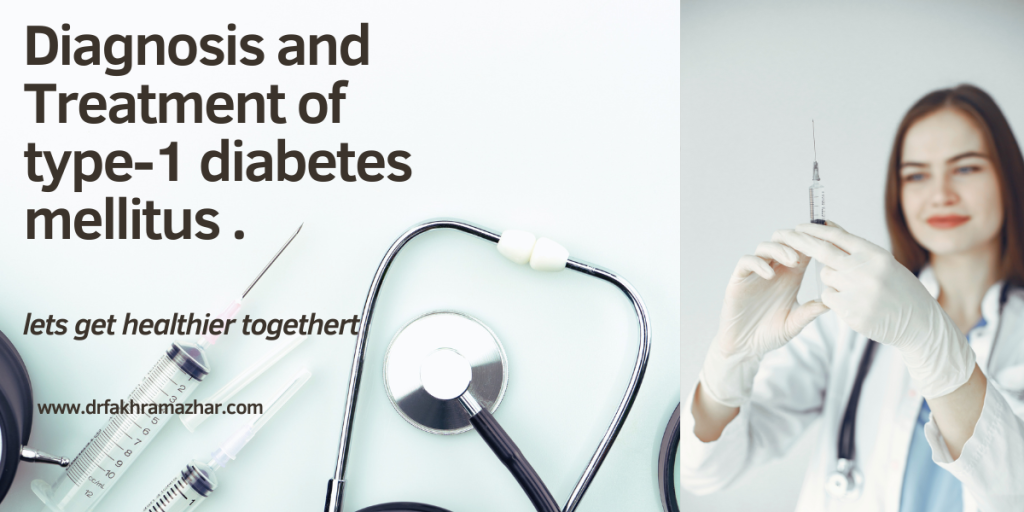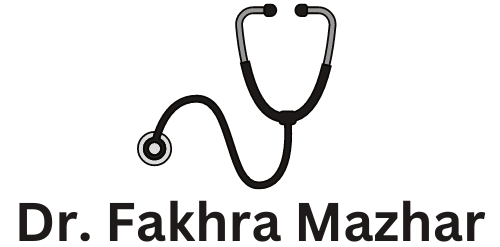
Group of extremely common metabolic disorders having hyperglycemia as a common feature. WHO estimates that over 346 million people suffer from diabetes worldwide [source pathology big robins ].
Diagnosis:
Diagnosis of diabetes includes measurement of plasma glucose concentrations during different body conditions. The diagnostic criteria of diabetes includes;
- Fasting blood glucose > 126 mg/dl
- Random blood glucose > 200 mg/dl
- HbA1c which is glycated Haemoglobin > 6.5%
- Leukocytic infiltrates in type-1 diabetes mellitus
- Amyloid deposits in type-2 diabetes mellitus
These tests except random blood glucose should be performed at a separate day and repeated to eliminate any transient increase in blood glucose, because of the conditions other than diabetes for example due to hormones like catecholamines and cortisols etc. that cause a transient hyperglycemia.
Classification of diabetes mellitus:
- Diabetes type 1 also called juvenile diabetes
- Diabetes type 2
- Maturity onset diabetes of young [ MODY]
- Neonatal diabetes
- Gestational diabetes
- Pancreatic diabetes
- LADA [Latent autoimmune diabetes in adults]
- Steroid induced diabetes
- Cystic fibrosis diabetes
Here only type 1 diabetes has been discussed. if you want to flick through type-2 diabetes click the link given below;
https://www.drfakhramazhar.com/type-2-diabetes-mellitus/
Signs and symptoms:
Signs and symptoms common to all type of diabetes are as follows;
- Hyperglycemia
- Severe dehydration[ both intracellular and extracellular]
- Polydipsia [ increased thirst]
- Glycosuria [glucose in urine which is normally absent ]
- Polyuria [increased urination], usually at night due to osmotic diuretic effects of glucose
- Diabetic ketoacidosis [ appearance of ketone bodies in urine that are normally absent ]
- Unintentional weight loss despite polyphagia [increased appetite ]
- Tingling sensations in hands and feet
- Exhausted and fatigued all time
- Dizziness
- Blurred vision
Type 1 diabetes mellitus
Juvenile diabetes mellitus
Type 1 diabetes [so called insulin dependent diabetes mellitus] usually onsets at the age of 13-15 inappropriately called juvenile diabetes but can occur at any age. There is an abrupt and sudden onset of diabetes type-1 in a time period of a few days or weeks. Approximately 5-10% of people with diabetes have type-1 diabetes. It is the most common type of diabetes in patients younger than 20 years.
Causes:
Insulin production through pancreatic beta cells is greatly impaired in type 1 diabetes mellitus. So, there is a deficiency of insulin hormone that utilizes glucose in the body through its various metabolic effects. Due to decreased insulin production there is a resulting increase in blood glucose concentration.
Cause of decreased insulin production:
Destruction of Beta cells of pancreas due to;
- Autoimmune disorders
- Viral infections
- Hereditary tendency of beta cells destruction
- Idiopathic [ unknown reasons ]
Effects of diabetes mellitus type-1 on body:
Because it is an anabolic hormone, the deficiency of insulin causes catabolic state affecting fat, proteins along with glucose metabolism. There is greatly increased abolishment of glucose disposition in muscle and adipose tissue. Glycogen reserves are depleted due to glycogenolysis resultant hyperglycemia ensues glycosuria. In fact diabetes has devastating effects on all bodily functions.
Of larger number of deleterious effects of diabetes on body some are;
- Sudden weight loss
- Damage to blood vessels
- Hypertension
- Heart attacks due to coronary obstruction
- Stroke
- Neurons damage
- Nephropathy due to clogged vessels in kidney nephrons
- Damage to retina / edema of macula
- Ear anomalies [ deafness]
- Limb amputation
- Diabetic ketoacidosis poisons ones body and leads to air hunger.
Treatment of diabetes type-1:
The treatment of type-1 diabetes mellitus includes;
- Insulin[ subcutaneous injections ] for life time
- Fluids to compensate polyuria
- Electrolyte replacement for example potassium
Follow your treatment plan and take your medicines as prescribed by your physician to eliminate the deleterious effects of diabetes. Regards.

One Response